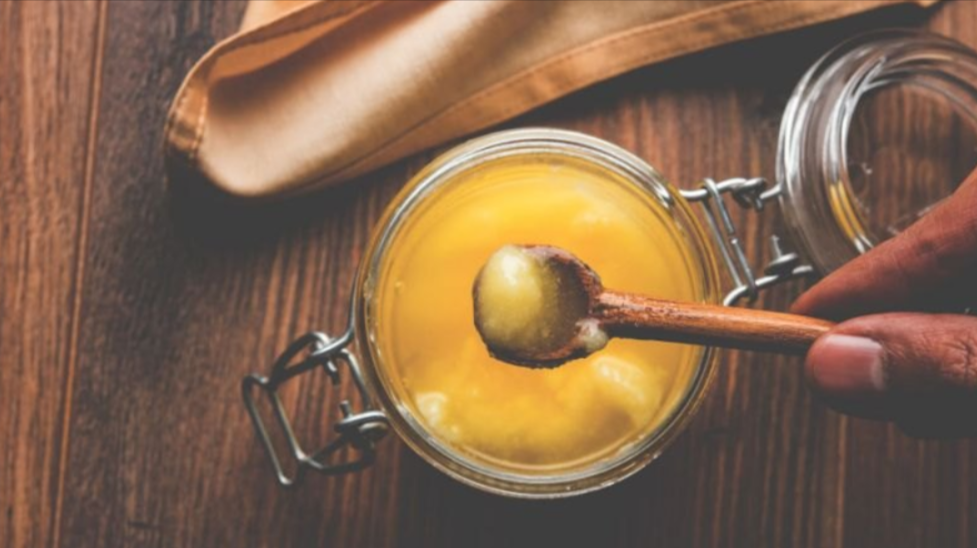
Ghee, often referred to as “liquid gold,” has been an integral part of Indian cooking and wellness traditions for centuries. Its rich flavor, high nutritional value, and versatility make it a staple in many households. While all ghee shares the same fundamental process of preparation, the source of the milk significantly influences its taste, texture, and health benefits. Among the most cherished varieties are desi buffalo ghee and desi Gir cow ghee, each offering a unique culinary and nutritional experience.
Let’s explore the distinctive features of these traditional ghee varieties and how they add richness to your kitchen and health.
What is Desi Ghee?
Desi ghee is traditionally prepared by churning curd made from milk to extract butter, which is then slowly heated to produce ghee. This method, known as the bilona process, preserves the ghee’s natural nutrients and imparts a distinct, nutty flavor.
Desi ghee can be made from the milk of different animals, primarily cows and buffaloes, and the type of milk plays a crucial role in determining its characteristics.
The Unique Charm of Desi Buffalo Ghee
Desi buffalo ghee is made from the milk of domesticated buffaloes and is widely celebrated for its rich texture and robust flavor.
Key Features of Desi Buffalo Ghee
- High Fat Content
Buffalo milk contains more fat than cow milk, resulting in a thicker, creamier ghee that is perfect for heavy cooking. - Rich Taste
The full-bodied flavor of buffalo ghee enhances the taste of traditional Indian dishes, especially sweets like halwa and laddoos. - Nutrient-Rich
Buffalo ghee is packed with essential fatty acids, vitamins, and minerals, making it a nourishing addition to your diet. - Longer Shelf Life
The high fat content also gives buffalo ghee a longer shelf life compared to cow ghee.
Culinary Uses
- Ideal for preparing desserts due to its creamy texture and rich flavor.
- Perfect for deep frying and slow cooking as it retains its stability at high temperatures.
The Purity of Desi Gir Cow Ghee
Desi Gir cow ghee, made from the milk of indigenous Gir cows, is prized for its exceptional nutritional profile and subtle, aromatic flavor.
Key Features of Desi Gir Cow Ghee
- A2 Milk Advantage
Gir cows produce A2 milk, which is easier to digest and packed with beta-casein protein, offering superior health benefits. - Golden Hue
The vibrant yellow color of Gir cow ghee is due to the presence of beta-carotene, a precursor to vitamin A. - Digestive Benefits
Containing butyric acid, Gir cow ghee supports gut health and aids digestion. - Light and Flavorful
Unlike buffalo ghee, Gir cow ghee is lighter and has a delicate, nutty flavor that enhances the natural taste of foods.
Culinary Uses
- Ideal for tempering dishes like dal, vegetables, and curries.
- A perfect topping for rotis, rice, or khichdi.
- Can be consumed raw for its health benefits.
Comparing Desi Buffalo Ghee and Desi Gir Cow Ghee
| Feature | Desi Buffalo Ghee | Desi Gir Cow Ghee |
| Texture | Thick and creamy | Light and smooth |
| Flavor | Rich and robust | Subtle and nutty |
| Fat Content | Higher | Moderate |
| Nutritional Benefits | Energy booster, high in calories | Digestive aid, rich in vitamins |
| Ideal Use | Desserts, deep frying | Everyday cooking, raw consumption |
Why Choose Traditional Ghee?
- Natural and Pure
Both desi buffalo ghee and desi Gir cow ghee are free from additives and preservatives, ensuring you consume only natural goodness. - Health Benefits
These traditional ghees are packed with essential nutrients that support immunity, digestion, and overall wellness. - Rich Heritage
Made using time-honored methods, traditional ghee carries the essence of Indian culinary traditions. - Versatile Usage
From cooking to skincare, traditional ghee finds a place in every aspect of daily life.
Tips for Choosing the Best Ghee
- Source Authentic Products: Always buy from trusted sources that follow traditional preparation methods.
- Check the Label: Look for terms like “A2,” “bilona method,” and “grass-fed” for superior quality.
- Observe Texture and Color: Genuine buffalo ghee is creamier and white, while Gir cow ghee is golden and smoother.
Conclusion
Whether you prefer the creamy richness of desi buffalo ghee or the light, aromatic appeal of desi Gir cow ghee, incorporating these traditional varieties into your kitchen can elevate your culinary experiences and support a healthier lifestyle.
By embracing these premium ghee options, you not only honor time-tested traditions but also invest in natural, nutrient-rich products that nourish your body and soul. Indulge in the richness of traditional ghee today and experience the unmatched taste and health benefits it brings to your table.